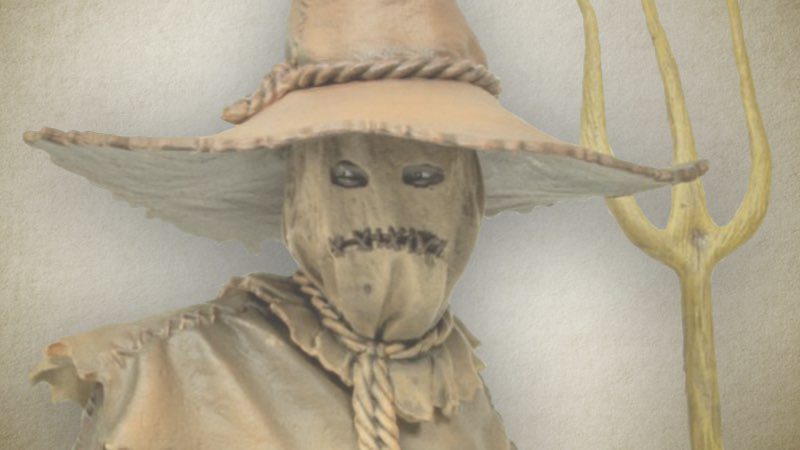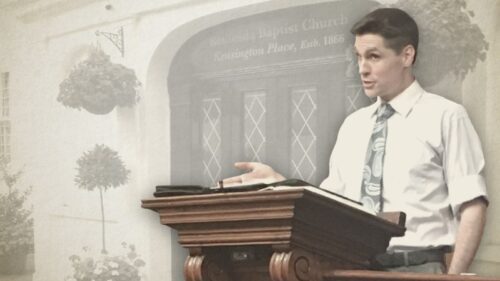
4. Particular Baptist Hyper-Calvinist Churches Were In Decline During The Seventeenth Century?
In an effort to ‘prove’ the killing effects of High-calvinism, John Piper directs attention to the decline of the Particular Baptist churches between 1718 and 1760:
“Fuller, who only knew High Calvinism in his early ministry, said in 1774, “I . . . durst not, for some years, address an invitation to the unconverted to come to Jesus” (Quoted from John Ryland’s biography in Ibid., p. 103.). He went on to say, “I conceive there is scarcely a minister amongst us whose preaching has not been more or less influenced by the lethargic systems of the age” (Works, Vol., II, p. 387.). The price had been huge: in the forty years after 1718; the Particular Baptists declined from 220 congregations to 150 (Morden Offering Christ, p. 8.).”
If this decline was the result of the killing effects of High-calvinism, then why were there more than 500 High-calvinist Baptist churches in England at the turn of the 20th century? Kenneth Dix, in his book, “Strict and Particular” (pages 279-294), points out:
“There were almost 600 Strict Baptist churches in England at the end of the nineteenth century, unevenly spread in thirty-seven counties. The largest concentrations were in London, in the nearby Home Counties, in the weald of Kent and Sussex, in Suffolk, and in the Fenland counties. There was a cluster of churches, mainly Gospel Standard, in north Wiltshire, but few others in the whole of the West Country. Lancashire and Yorkshire were well represented, but the north midlands, where the General Baptists were strong, were almost bare of any kind of Strict Baptist testimony.”
Jared Smith served twenty years as pastor of a Strict and Particular Baptist church in Kensington (London, England). He now serves as an Evangelist in the Philippines, preaching the gospel, organizing churches and training gospel preachers.
Jared Smith on Eldership
Jared Smith on the Biblical Covenants
Jared Smith on the Gospel Law
Jared Smith on the Gospel Message
Jared Smith on Various Issues
Jared Smith, Covenant Baptist Church, Philippines
Jared Smith on Bible Doctrine
Jared Smith on Bible Reading
Jared Smith's Studies in Romans
Jared Smith's Hymn Studies
Jared Smith's Maternal Ancestry (Complete)
Jared Smith's Sermons





